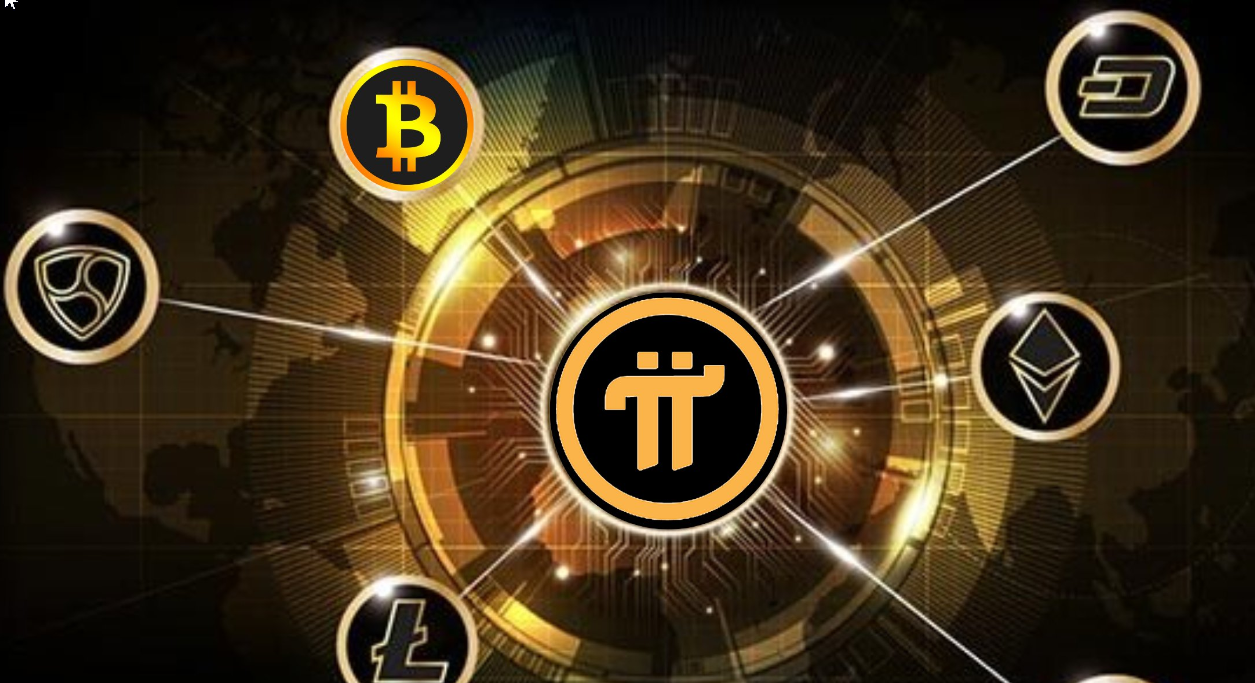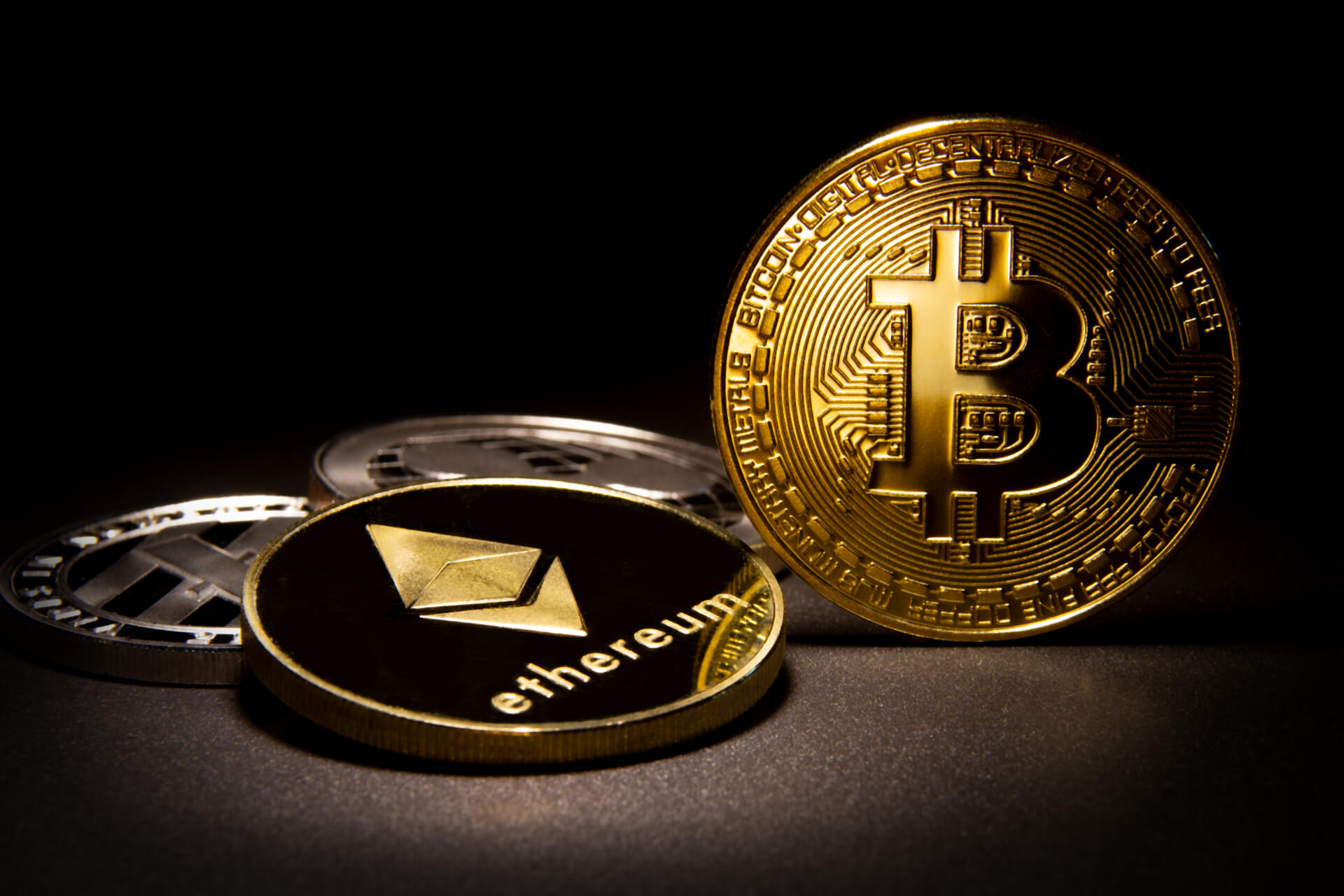Cryptocurrencies are evolving rapidly, with new innovations and platforms emerging almost every day. Among these, the Pi Network has captured the attention of millions globally. But what about the Pi Network has made it so popular? Why are people flocking to this new digital currency, even though it hasn’t yet been fully launched or traded? In this article, we’ll delve into the Pi Network’s rise to prominence, exploring its appeal, the role of its community, security aspects, challenges, and much more.
What is the Pi Network?
The Pi Network is a revolutionary digital currency project designed to make cryptocurrency accessible to everyone. Launched in 2019 by a team of Stanford graduates, the Pi Network is unique in that it allows users to mine Pi coins directly from their mobile devices without consuming significant amounts of power. Unlike traditional cryptocurrencies such as Bitcoin, which require advanced and expensive hardware to mine, the Pi Network is built with the average person in mind, offering a simple, user-friendly interface that can be accessed via a smartphone app.
The project was developed by Dr. Nicolas Kokkalis, Dr. Chengdiao Fan, and Dr. Vincent McPhillip, who envisioned creating a decentralized currency that anyone, anywhere in the world could use. Their goal was to address the growing concerns around the centralization of wealth and power in the hands of a few by providing an alternative that anyone with a smartphone could mine.
The Appeal of Mining Pi
One of the key factors contributing to the Pi Network’s popularity is the simplicity of its mining process. Unlike traditional mining, which requires significant investment in hardware and electricity, Pi mining is designed to be as accessible as possible. All you need is a smartphone and the Pi Network app. Once you’ve downloaded the app and signed up, you can start mining Pi by simply pressing a button once every 24 hours. This ease of use has made Pi mining incredibly attractive to people who are curious about cryptocurrencies but intimidated by the complexities involved in mining other coins like Bitcoin.
Another major appeal is that Pi mining consumes very little energy. Bitcoin mining, for example, is notoriously energy-intensive, leading to environmental concerns. On the other hand, Pi Network uses a more sustainable model, where mining on your phone doesn’t drain your battery or require continuous internet connectivity. This green approach aligns with the growing global demand for more sustainable technologies.
Furthermore, the mobile-friendly nature of Pi mining has allowed it to reach parts of the world where access to traditional banking and financial systems is limited. By allowing people to mine and eventually use Pi, the network is opening doors to financial inclusion in regions that have been historically underserved.
The Role of Community in Pi’s Success
Another significant factor behind Pi’s popularity is the strong sense of community it has fostered. From the outset, the Pi Network encouraged users to invite others to join, creating a viral growth effect. The referral system has played a crucial role in building a large, engaged user base that continues to grow exponentially.
The Pi Network community is active and involved, with millions of users participating in discussions, sharing their experiences, and helping each other navigate the platform. This sense of belonging has been a powerful driver of Pi’s popularity. Users don’t just see themselves as passive participants but as integral parts of the project’s success. This communal approach has been vital in spreading the word about Pi, making it one of the fastest-growing cryptocurrency communities in the world.
The network effect, where the value of the network increases as more people join, is particularly strong in Pi’s case. Each new user adds to the network’s security and decentralization, making the currency more robust and increasing its potential value in the future.
Pi Network’s Security Measures
Security is always a major concern regarding cryptocurrencies, and the Pi Network has prioritized ensuring that users feel safe while using the platform. While Pi is still in its beta phase and has yet to undergo a full security audit, the developers have implemented several protocols to protect users and their assets.
One of the key security features is the verification of user identities through the KYC (Know Your Customer) process. This helps to ensure that each account is tied to a real person, reducing the likelihood of fraudulent activities such as creating multiple accounts to mine more Pi. Although some users have expressed privacy concerns, the KYC process is a standard practice in many financial services and is crucial for Pi’s long-term legitimacy.
Additionally, Pi Network employs a consensus algorithm called the Stellar Consensus Protocol (SCP), which is designed to be highly secure while allowing for decentralized control. This protocol helps to maintain the integrity of the network by ensuring that transactions are verified in a reliable and consistent manner.
The Vision of Pi Network
The vision behind the Pi Network is ambitious: to create a decentralised, user-friendly cryptocurrency that anyone can use anywhere. The developers have outlined a roadmap with plans to transition from the current beta phase to a fully-fledged cryptocurrency with its own blockchain and marketplace. This future Pi ecosystem is envisioned to support various transactions, from buying goods and services to peer-to-peer transfers and even smart contracts.
One of the most compelling aspects of Pi’s vision is its potential to drive financial inclusion. By making cryptocurrency accessible to people who have traditionally been excluded from the financial system, Pi can potentially empower millions, if not billions, of people worldwide. The developers aim to create a currency that is not only secure and reliable but also easy to use, regardless of one’s technical expertise or financial background.
This vision is not just about creating another cryptocurrency but about building an entire ecosystem that supports and enhances the way people interact with money and each other in the digital age.
Pi’s Value Proposition
At the core of Pi Network’s appeal is its value proposition. For many users, Pi represents an opportunity to be part of something new and potentially groundbreaking. The promise of financial inclusion, the ability to mine cryptocurrency with minimal effort, and the potential for future rewards make Pi an attractive proposition for both crypto enthusiasts and newcomers alike.
The value of Pi lies not just in the coins themselves but in the community and the network being built. As more people join and use Pi, the network becomes more valuable, creating a positive feedback loop that drives further adoption. This is a key differentiator from many other cryptocurrencies, where the focus is often on speculation rather than building a sustainable, user-driven network.
Moreover, Pi offers the potential for real-world applications beyond just being a digital currency. The developers have hinted at future use cases that could include everything from e-commerce to decentralized apps (dApps), which would further increase the utility and value of Pi.
Challenges Facing the Pi Network
Despite its growing popularity, the Pi Network faces several challenges that could impact its future success. One of the most significant challenges is regulatory uncertainty. As with many new technologies, cryptocurrencies operate in a grey area regarding regulation. Governments worldwide are still figuring out how to approach and regulate digital currencies, and any adverse regulation could affect Pi’s growth.
Scalability is another challenge. As the network grows, ensuring that it can handle a large number of transactions without compromising on speed or security will be crucial. The transition from a telnet to a mainnet will be a critical phase for Pi, and any issues during this transition could undermine confidence in the project.
There is also the question of Pi’s real-world value. Unlike other cryptocurrencies that are already being traded, Pi currently has no market value. While the developers have plans to introduce a marketplace and eventually list Pi on exchanges, the timeline for these developments is unclear, and there is no guarantee that Pi will achieve significant value.
Pi Network vs. Traditional Cryptocurrencies
When comparing Pi Network with traditional cryptocurrencies like Bitcoin or Ethereum, several differences stand out. Firstly, Pi is designed to be much more accessible. While Bitcoin mining requires specialized hardware and consumes vast amounts of energy, Pi can be mined on a smartphone with minimal power consumption.
Secondly, Pi places a strong emphasis on community and inclusivity. While many cryptocurrencies are focused on technological advancements or speculative trading, Pi is building a network that prioritizes user engagement and accessibility. This approach has helped Pi to grow rapidly, particularly in regions where traditional cryptocurrencies have struggled to gain traction.
However, Pi also faces challenges that established cryptocurrencies have already overcome, such as achieving widespread adoption and establishing a market value. While Pi’s unique approach has garnered much interest, whether it can translate this interest into long-term success remains to be seen.
Conclusion
The Pi Network’s popularity can be attributed to a combination of factors: its ease of access, strong community, visionary goals, and potential for financial inclusion. By lowering the barriers to entry and focusing on creating a user-friendly cryptocurrency, the Pi Network has tapped into a vast market of people who were previously excluded from the crypto world.
While the network is still in its early stages and faces several challenges, the enthusiasm and engagement of its community suggest that Pi has the potential to become a significant player in the digital currency space. As the network continues to grow and evolve, it will be fascinating to see how Pi develops and whether it can fulfill its ambitious vision of becoming the world’s most inclusive and accessible cryptocurrency.
FAQs?
What makes the Pi Network different from other cryptocurrencies?
The Pi Network is designed to be more accessible, allowing users to mine Pi coins from their smartphones without the need for specialised hardware or significant energy consumption.
Is the Pi Network safe to use?
While Pi is still in its beta phase, the developers have implemented several security measures, including a KYC process and the Stellar Consensus Protocol, to protect users and their assets.
How do I mine Pi, and is it worth it?
Mining Pi is simple and requires just a smartphone and the Pi Network app. Whether it’s worth it depends on your interest in being part of an emerging digital currency with potential future value.
When will Pi have a real-world value?
The developers plan to introduce a marketplace and eventually list Pi on exchanges, but the timeline for these developments is currently unclear.
Can Pi be traded like other cryptocurrencies?
As of now, Pi cannot be traded on cryptocurrency exchanges, but there are plans to enable trading once the network matures.
What are the risks of using the Pi Network?
Like any emerging technology, there are risks, including regulatory uncertainty, scalability challenges, and the possibility that Pi may not achieve significant value.
How can I join the Pi Network?
Joining the Pi Network is easy. You can download the app on your smartphone, sign up, and start mining Pi coins by simply pressing a button once every 24 hours.





